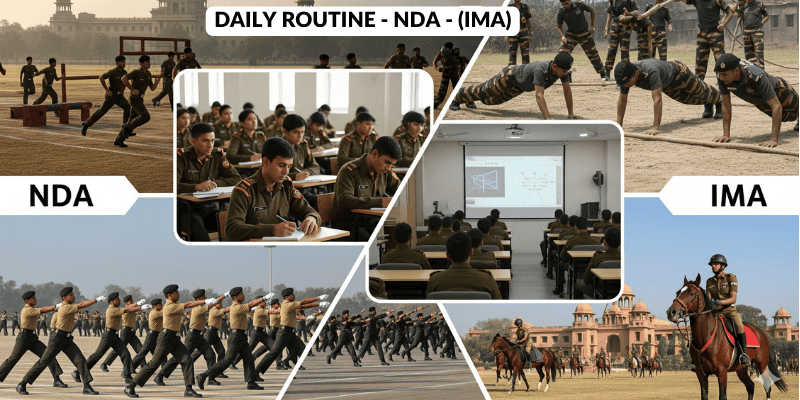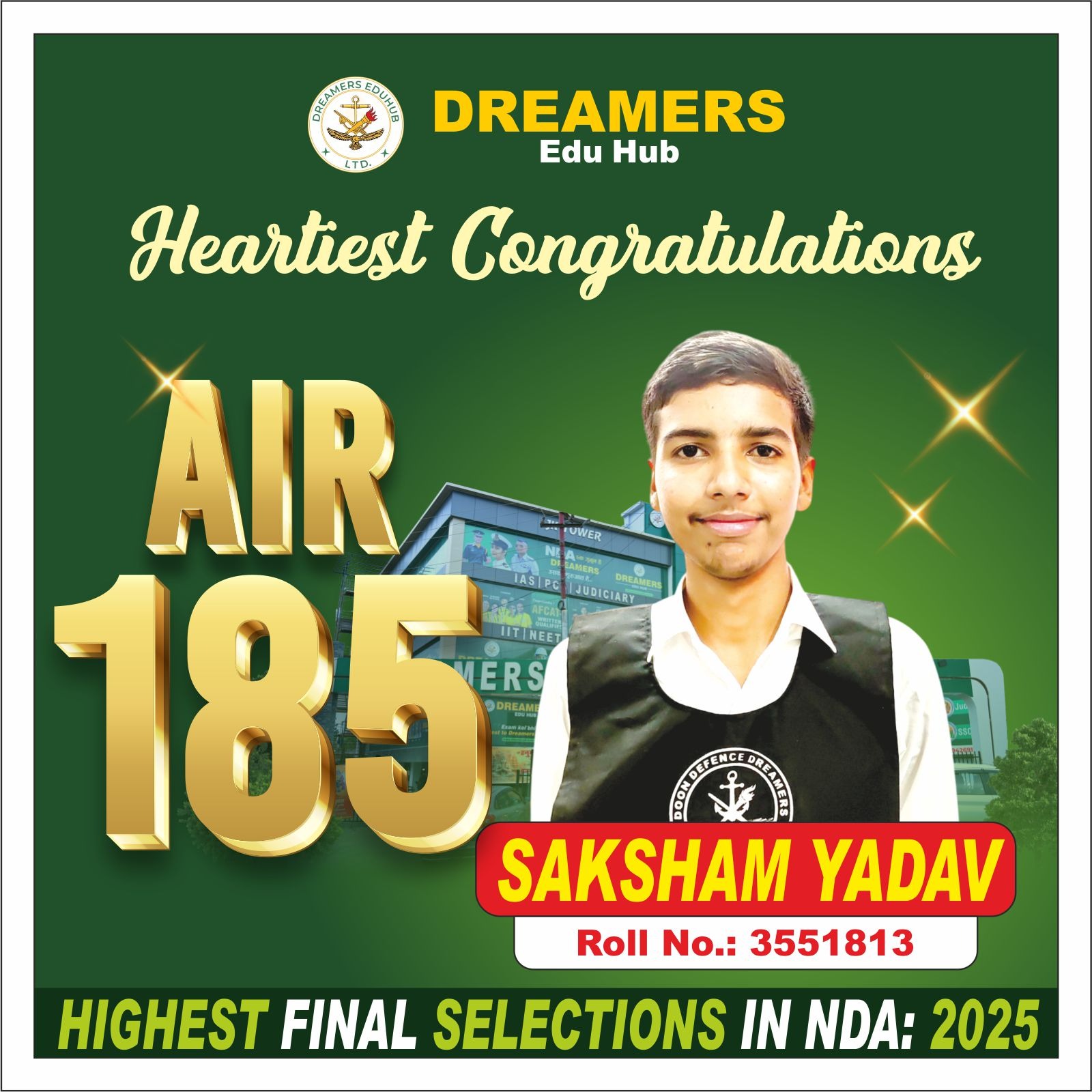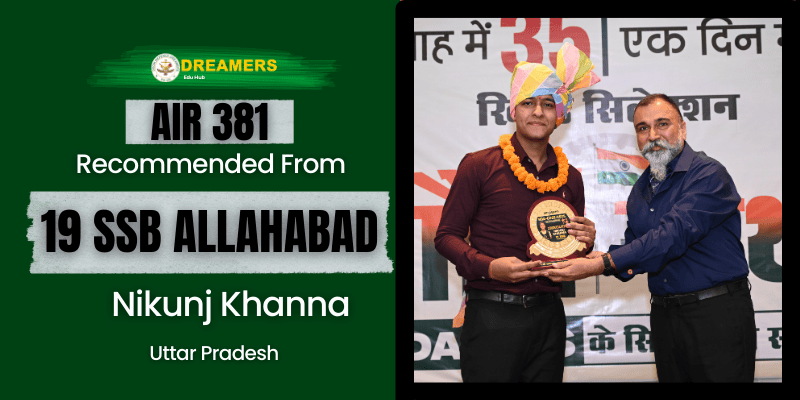Dreaming of a military career but unsure whether the NDA vs IMA cadet routines would better suit your aspirations? While both academies forge exceptional officers, they follow distinctly different training philosophies and daily schedules. The National Defense Academy prepares cadets for tri-service roles over three years, starting with younger candidates straight after high school. Conversely, the Indian Military Academy transforms graduates into Army officers through an intensive 12-month program. Understanding these differences is crucial for aspiring cadets, especially when considering which defense academy training path aligns with your military ambitions. From the 4:00 AM reveille at NDA compared to the 5:00 AM wake-up at IMA, to the varied military academy daily schedules and training methodologies, each institution offers a unique cadet life experience. Additionally, the NDA routine vs IMA routine comparison reveals important distinctions in academic focus, physical training intensity, and leadership development approaches. This comprehensive cadet life comparison will guide you through everything from daily schedules to training modules, helping you make an informed decision about which prestigious institution might be your stepping stone to a distinguished military career.
Daily Routine: NDA vs IMA Cadet Schedules
Military academies shape cadets through meticulously structured daily routines that build discipline, physical fitness, and mental agility. The NDA vs IMA cadet routines show notable differences in timing and intensity, reflecting their distinct training approaches and objectives.
Wake-up and Morning PT: 4:00 AM vs 5:00 AM Start
The day at National Defense Academy begins with reveille echoing across campus between 4:00 AM and 5:30 AM. This early wake-up call instills discipline from day one. Initially, cadets quickly handle personal hygiene before rushing to physical training. In contrast to NDA, Indian Military Academy cadets typically rise at 4:00 AM and immediately report to their seniors.
Morning physical training commences around 5:00 AM at NDA, featuring rigorous one-hour sessions that include running, strength exercises (push-ups, sit-ups), rope climbing, and obstacle courses. Similarly, IMA cadets undergo intense PT at the drill square for approximately 90 minutes. These sessions primarily build not just physical strength but also mental resilience – a foundational quality for military officers.
After morning PT, cadets at both academies return to their quarters, shower, and change into appropriate uniforms for breakfast and subsequent activities. This transition period is notoriously brief, teaching time management skills that prove invaluable throughout their military careers.
Academic Hours: 7:30 AM–1:30 PM vs 8:30 AM–1:30 PM
Following breakfast, NDA cadets attend academic classes from 7:30 AM to 1:30 PM. The curriculum encompasses military history, strategy, sciences, and foreign languages. At the same time, IMA’s academic day begins slightly later, with faculty classes commencing at 8:30 AM and continuing until 2:30 PM.
Throughout these hours, cadets engage with diverse subjects tailored to their future military roles. NDA’s academic focus includes mathematics, sciences, and language classes in English and Hindi to strengthen communication abilities. Meanwhile, IMA’s curriculum emphasizes military science and service-specific training.
Both academies incorporate short breaks during these intensive academic hours. At IMA, cadets enjoy a snack break from 11:20 AM to 11:45 AM for tea/coffee and light refreshments. Such breaks provide brief moments for cadets to recharge before returning to their studies.
Evening Study and Lights Out: 6:30 PM–10:30 PM vs 6:00 PM–10:00 PM
After afternoon sports and extracurricular activities, evening hours are dedicated to academic development. NDA schedules study periods from 6:30 PM to 8:00 PM, creating a structured environment for cadets to review coursework, prepare for exams, and seek guidance from instructors.
In comparison, IMA’s study period runs from 6:45 PM to 8:00 PM, during which cadets must remain seated at their study tables and focus exclusively on prescribed books. Subsequently, dinner is served between 8:30 PM and 9:00 PM at both institutions, though the experience differs somewhat. At NDA, dinner often proceeds at a brisk pace, whereas IMA cadets may occasionally skip dinner due to exhaustion or time constraints.
The day concludes with lights out – typically between 10:00 PM and 10:30 PM at NDA and at 10:00 PM at IMA. This mandatory rest period ensures cadets recover sufficiently for the next day’s rigorous schedule. Notably, IMA enforces strict lights out policies, with battalion duty officers ensuring compliance.
Both the NDA routine vs IMA routine demonstrate how defense academy training systematically builds the physical stamina, mental discipline, and time management skills essential for military leadership. Through these regimented military academy daily schedules, cadets develop the resilience and adaptability required to excel in their future careers.
Training Modules and Physical Development
The core differences between NDA and IMA extend far beyond daily schedules, fundamentally shaping cadets through distinct training philosophies and physical development approaches.
Basic Training: Orientation Capsule vs Foundation Course
The NDA journey begins with an intensive Basic Military Training (BMT) lasting one year for all first-year cadets. This program combines both military and academic training, culminating in a two-month intensive military training period called “Ex CAMP INITIAL.” Consequently, this layered approach builds a strong foundation, gradually introducing cadets to military life.
In contrast, IMA offers a Foundation Course that immediately immerses cadets in rigorous military-specific training. This program emphasizes intensive drills, weapons training, and rapid leadership development. Unlike NDA’s balanced approach, IMA’s training is exclusively military-focused from day one, preparing graduates for immediate deployment as Army officers.
Advanced Training: Obstacle Courses vs Route Marches
As training progresses, NDA cadets advance through strategically designed camps that build complexity:
Camp Green Horn (second term)
Camp Rover (fourth term)
Camp Torna (sixth term) – named after “the first victory of Shivaji, a teenager”
These camps progressively challenge cadets with increasingly difficult obstacle courses designed to develop physical endurance alongside tactical decision-making abilities.
IMA, alternatively, focuses on route marches and battle drills that directly simulate combat conditions. This training is significantly more intense physically, as IMA prepares officers for immediate battlefield leadership upon graduation. The emphasis remains on practical military skills and war strategies rather than the broader foundation provided at NDA.
Service-Specific Training: Army/Navy/Air Force Modules
The NDA stands apart as a tri-service academy where cadets from Army, Navy, and Air Force train together for three years. This collaborative environment fosters inter-service camaraderie while providing specialized training in the later terms.
For Naval cadets at NDA, the Naval Training Team (NTT) provides specialized training in Navigation, Seamanship, and Communication through both theoretical classes and practical instruction at the Watermanship Training Center. Likewise, the Air Force Training Team (AFTT) offers ground training using flight simulators and a minimum of eight flying sorties on Super Dimona aircraft.
IMA, however, focuses exclusively on Army training, with no naval or air force components. This singular focus allows for deeper specialization in Army tactics, leadership, and warfare strategies.
Combat Readiness: Fieldcraft vs Tactical Exercises
NDA’s approach to combat preparation involves comprehensive fieldcraft training, where cadets learn battlefield tactics, observation techniques, and strategic maneuvers. Additionally, cadets study military law, weapon handling, and historical military actions to develop a theoretical framework before practical application.
IMA cadets, however, undergo more intensive tactical exercises focused on immediate battlefield application. Their training emphasizes advanced military tactics, weapons handling, battlefield strategies, and leadership in combat scenarios. The physical training regime is notably more rigorous, deliberately designed to prepare cadets for leading troops in actual combat situations.
Through these distinct approaches to training and physical development, both academies produce exceptional officers—NDA creating versatile leaders with broad foundational skills, and IMA developing specialized combat-ready Army officers prepared for immediate field command.
Academic Curriculum and Military Education
Beyond physical training and daily routines, the academic foundations at these prestigious institutions fundamentally shape future officers’ intellectual capabilities and military understanding.
Degree Programs: BA/BSc/BCom (JNU) vs Military Science
The NDA offers a comprehensive undergraduate education with degrees awarded by Jawaharlal Nehru University (JNU). Cadets can pursue:
Bachelor of Arts (BA) in humanities/liberal arts
Bachelor of Science (BSc) in physics, chemistry, mathematics
Bachelor of Science (Computer Science)
Bachelor of Technology (BTech) for Navy and Air Force cadets
Naval cadets complete their fourth year of BTech at the Indian Naval Academy, alongside Air Force cadets who finish at the Air Force Academy. This dual focus on academics and military training creates well-rounded officers with strong educational credentials.
In contrast, IMA focuses primarily on military studies rather than academic degrees. Since IMA cadets are already graduates when they join, the curriculum emphasizes specialized military knowledge and leadership development. This distinction reflects fundamentally different educational philosophies—NDA’s holistic approach versus IMA’s targeted military specialization.
Subjects Covered: Law, Tactics, History, Geography
At NDA, the academic curriculum is divided into three categories. The Compulsory Course includes English, foreign languages (Arabic, Chinese, French, or Russian), sciences, and social sciences. Furthermore, the Foundation Course covers military studies including military history, geography, weapons systems, and armaments. The Optional Course focuses on service-specific subjects during the fifth and sixth semesters.
IMA’s curriculum specifically emphasizes military law, tactics, and leadership improvement. The focus remains on practical military knowledge and skills that officers need for immediate deployment after graduation, primarily concentrating on drills, weapons training, and physical development.
Assessment Methods: Term Exams vs Continuous Evaluation
NDA follows a traditional university assessment model with term examinations aligned with JNU’s academic calendar. Cadets must pass these exams to advance; otherwise, they may need to repeat the semester. This creates a high-pressure academic environment alongside rigorous military training.
Conversely, IMA implements continuous evaluation methods that assess cadets through ongoing practical assessments, leadership exercises, and tactical problem-solving. This approach emphasizes applied military skills over theoretical knowledge, reflecting IMA’s mission to produce combat-ready officers in a shorter timeframe.
The academic distinction between these institutions ultimately serves their different purposes—NDA providing younger cadets with both educational qualifications and military foundations over three years, while IMA transforms graduates into Army officers through intensive, focused military education in just one year.
Cadet Life, Culture, and Extracurriculars
Beyond rigorous training and academics, the brotherhood and identity formation at these institutions create lifelong bonds among cadets, shaping their character as future military leaders.
Squadron System: 18 Squadrons vs 15 Companies
At NDA, cadets join one of 18 squadrons (Alpha through Romeo) organized into five battalions. Each squadron becomes a cadet’s “second family,” housing approximately 100-120 cadets from junior and senior courses. Essentially, these units develop unique identities with their own nicknames, mascots, and rich histories that instill pride and belonging.
IMA, alternatively, organizes cadets into a regiment with four battalions comprising 15 companies. This structure fosters strong camaraderie as freshmen from diverse backgrounds across India forge bonds through shared challenges. The battalion system at IMA emphasizes self-discipline alongside team cohesion.
Clubs and Hobbies: Music, Debate, AI, Yoga
Cadet life extends far beyond military drills through vibrant club activities. NDA offers numerous hobby clubs that balance the regimented lifestyle:
Adventure Club (trekking, mountaineering, paragliding)
Music and Dramatics Club
Debating Society
Astronomy and Cyber Clubs
Equestrian Club
Accordingly, IMA features over 30 hobby clubs meeting twice weekly under officer guidance. These include arts, music, literary activities, and technical interests. These creative pursuits develop well-rounded personalities alongside military skills.
Adventure Activities: Trekking, Sailing, Rock Climbing
Adventure training forms an integral part of both academies’ development programs. NDA cadets participate in mountaineering, trekking, paragliding, and equestrian activities. These experiences build courage, leadership, and team spirit in challenging environments.
Correspondingly, IMA organizes diverse adventure activities including treks to locations like Joshimath, Hemkund Sahib, Valley of Flowers, Kedarnath, and Nainital. The Academy procures expert coaching and modern equipment for adventure sports. Moreover, the Army Adventure Wing coordinates 17 different activities across three dimensions—land, air, and water.
Cultural Events and Inter-Squadron Competitions
Inter-squadron competitions form the heartbeat of cadet life, building unbreakable bonds. At NDA, the prestigious Inter-Squadron Championship Trophy rewards the best-performing squadron with the Champion Banner for one term. This trophy becomes a matter of immense pride, carried during parades and sports meets.
Alongside formal competitions, cadets celebrate national festivals, cultural evenings, and traditional days. The NDA Ball, Academy Ball Night, and Cultural Evenings bring color and joy amid intense schedules. These events reflect the philosophy that military officers require not only tactical skills but also cultural awareness and social abilities.
Facilities, Lifestyle, and Support Systems
Behind every successful officer stands the foundation of comprehensive support systems that nurture cadets throughout their formative years at India’s premier military institutions.
Mess and Food: Central Cadet Mess vs Vikram Batra Mess
The NDA features a Central Cadet Mess catering to over 1500 cadets per meal with a “5-star” dining hall. In contrast, IMA’s impressive Vikram Batra Mess, inaugurated in 2010 and named after Kargil War hero Capt Vikram Batra (PVC), accommodates 1200 trainees. Both institutions provide cadets with 6500-7000 calories daily through nutritionally balanced meals. Indeed, IMA maintains battalion messes serving approximately 300 sit-down meals simultaneously.
Accommodation: Personal Cabins vs Shared Dorms
Accommodation quality varies within each institution. At IMA, the main blocks house companies with superior facilities—one company (Alamein) offers single occupancy rooms, certainly a coveted assignment. Other companies typically accommodate two Gentlemen Cadets per room. Living standards at both academies surpass those at civilian institutes nationwide.
Medical and Wellness Support
Medical facilities provide comprehensive healthcare for cadets. Recently, the Supreme Court recognized improvements in medical support for discharged cadets, with medically invalidated cadets now eligible for the Ex-Servicemen Contributory Health Scheme (ECHS). This ensures their medical needs are fully addressed through polyclinics.
Allowance and Parental Support Policies
Cadets receive substantial financial support—IMA Gentlemen Cadets get a monthly stipend of ₹51,000. Alongside this, NDA cadets’ parents enjoy unique privileges, particularly during the Passing Out Parade (POP) where the academy vacates squadrons to accommodate them. Throughout these celebratory events, families participate in award ceremonies and formal dinners with distinguished guests.





























